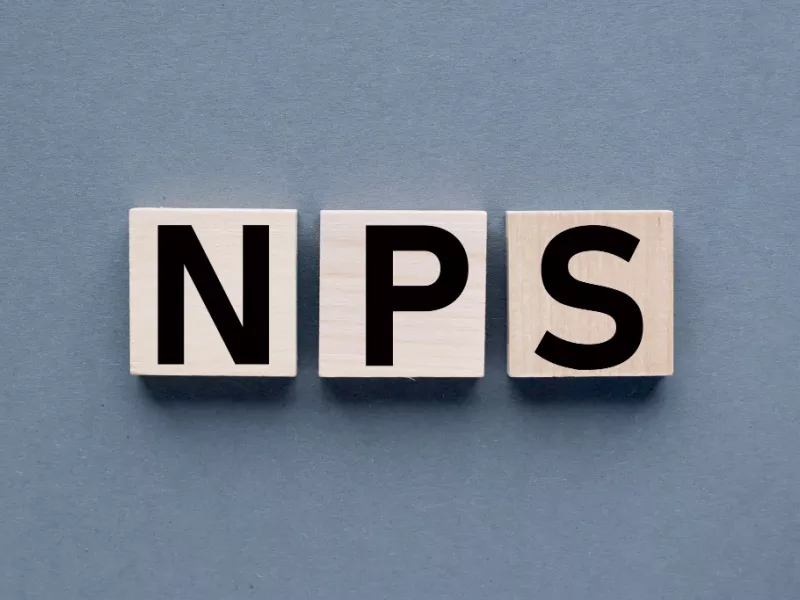

India is considered to be a young country with the majority of its population in the productive age group. However, there is also a significant dependent population in the country who do not have considerable resources to look after themselves in their retirement. The root cause of this is the lack of awareness and adequate retirement planning. Among the many available plans, NPS is considered to be the most popular scheme that truly benefits retirees and significantly meets their needs.
But retirement is not a smooth journey. What if there is an emergency and one needs to withdraw from their corpus? Does the scheme have provisions for premature withdrawals and what are the conditions for the same? Given below are the provisions related to the withdrawal from the NPS account and its conditions.
The NPS (National Pension Scheme) was introduced in 2004 by the Central Government under the Pension Fund Regulatory and Development Authority (PFRDA) and was made available for all citizens in 2009. The investors in the NPOS will be provided with a unique PRAN (Permanent Retirement Account Number) and the objectives of the scheme were to provide regular income in old age, provide market-linked returns over a long-term investment horizon, and providing extending security coverage to all citizens in old age.
The scheme also provides tax benefits in the form of deduction under Section 80C up to Rs. 1,50,000 and an additional Rs. 50,000 under section 80CCD(1B). The NPS essentially functions through two accounts i.e., Tier I and Tier I accounts. The former requires the accumulation of fixed monthly contributions which are locked till maturity, while in the latter, investors can park funds at their discretion and there is no restriction for withdrawals or deposits.
Also Read: NPS or PPF – Where should you invest in?
As mentioned above, there are no rules relating to withdrawal restrictions for Tier II in NPS, therefore, the withdrawal rules currently pertain only to the Tier I account of NPS. NPS withdrawal rules are based on various conditions like the sector that the investor belongs to, the type of withdrawal, the amount that can be withdrawn, and the timeline for such withdrawal. Given below are the various terms of withdrawal in Tier I of NPS.
Also Read: NPS or Equities – Which is a better retirement tool?
Tier I withdrawal rules for Government employees are mentioned below.
An investor can withdraw their corpus at the age of 60 provided that,
In case of a voluntary exit from the scheme (after completion of a minimum of 3 years from opening the NPS account), the following premature withdrawal rules shall apply.
In the event of the death of the investor, their nominee or the legal heir receives the full accumulated corpus without any restriction.
Tier I withdrawal rules for private sector employees and citizens are mentioned below
The maturity withdrawal rules, in this case, are similar to that applicable to government employees. An investor can withdraw their corpus at the age of 60 provided that,
In case of a voluntary exit from the scheme (after completion of a minimum of 10 years from opening the NPS account), the following premature withdrawal rules shall apply.
Similar to the case of government employees, the nominees and the legal heir of the investors are entitled to get full corpus in the event of the death of the investor.
Apart from the above terms of withdrawal from the NPS account, subscribers are also allowed partial withdrawal from their corpus subject to conditions laid down in this regard. The details of the same are provided below.
NPS has laid down specific conditions or reasons that warrant withdrawal from the corpus. These conditions are,
Apart from the above conditions for withdrawal, there are rules relating to the timeline for submitting the partial withdrawal application. These conditions are specified hereunder.
The conditions relating to the amount that can be withdrawn are mentioned below.
NPS was introduced to provide better retirement solutions to the citizens of the country. The scheme also understands the need for immediate financial assistance in several cases and, therefore, has chalked out detailed rules that can facilitate the easy withdrawal from the scheme while at the same time safeguarding the interest of the subscribers.
Subscribers can withdraw funds from their NPS account subject to the applicable rules, however, a loan against an NPS account is not permissible as yet.
There are no restrictions on the withdrawal of corpus from Tier II NPS accounts.
A person can withdraw the full corpus or 100% of the corpus upon reaching the age of 60 or 70 years if the accumulated funds in the account are less than Rs. 5,00,000.
Yes. Investors are allowed to partially withdraw from their NPS accounts for the treatment of covid under the condition treatment of specified illnesses.
The amount of partial withdrawal will be credited to the subscriber’s bank account (as per the details provided at the time of subscription) in T+4 days where T is the date of partial withdrawal application.
Ready to take your portfolio to the next level? Explore our carefully curated New Year 2025…
This Diwali, we present a portfolio that reflect both sector-specific and stock-specific opportunities. With 2…
Thank you for showing interest in taking a BTST position using our Delivery Plus product.…
Thank you for showing interest in the consultation on trading strategies! Our expert will reach…
Even if you are a new participant in the stock market, the process of buying…